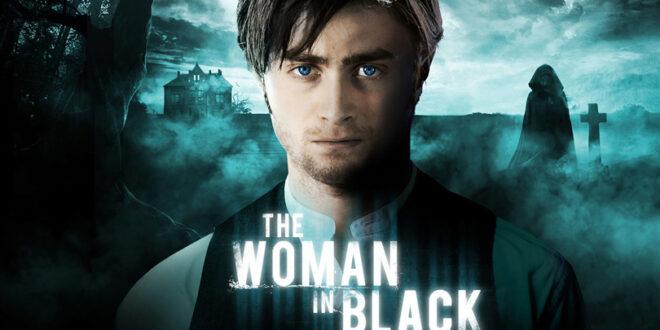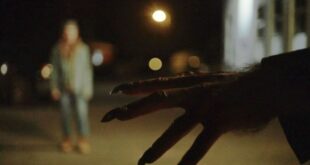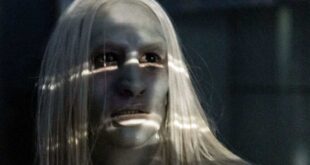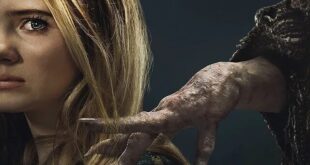“They took her boy away so now she takes us…”
If you were anything like me back in 2012, you had just experienced a year of Harry Potter withdrawal following 2011’s Deathly Hallows: Part 2 and were counting down the days until Daniel Radcliffe would once again grace the big screen in The Woman In Black. If you were anything like me after watching the film, you also didn’t sleep for a few nights afterward. James Watkins’ chilling tale of lawyer Arthur Kipps (Radcliffe) as he travels to a small town to obtain documents left by the deceased Alice Drablow at the desolate Eel Marsh House is a perfect mixture of suspense, terror, and pure creepiness. After premiering at the UK’s Royal Festival Hall on January 24, 2012, The Woman In Black is now celebrating its 10th anniversary. PopHorror takes a look back at Radcliffe’s first post-Harry Potter film.
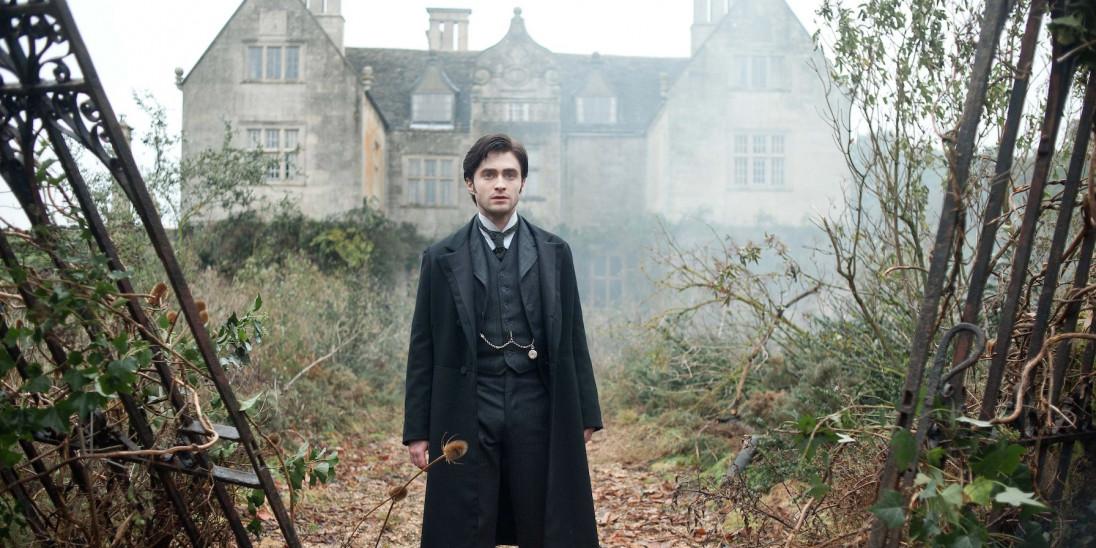
Based on the eponymous 1983 novel by Susan Hill, The Woman In Black comes 23 years after the original, small screen version. The modern adaptation doesn’t waste any time in its quest to disturb audiences. The opening scene shows three little girls happily playing with their dolls. However, when they catch sight of an unknown entity in the corner, they enter into a trance, drop their beloved toys, unlock the window, and jump to their deaths.
***Spoiler Warning***
Fast-forward several years, and viewers see Arthur, a single father whose wife died in childbirth, set out for Crythin Gifford—the hometown of those three girls—to sort through the many papers of Alice Drablow. However, he quickly realizes that something is amiss in Crythin Gifford. The townsfolk are secretive and hostile when they learn he’s heading to Alice’s former residence of Eel Marsh House, a dark and isolated estate. When Arthur spends the night at the house and spies the mysterious Woman in Black, all hell breaks loose as, one by one, the local children kill themselves by drinking lye and setting themselves on fire.
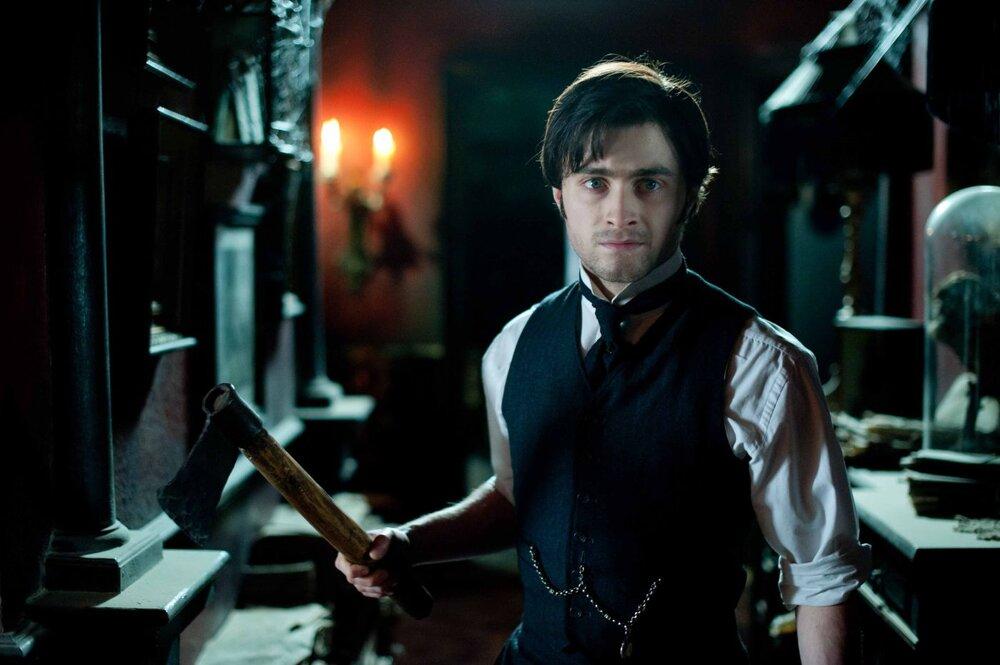
Arthur discovers that the woman is Alice’s sister, Jennet Humfrye (Liz White), who lost custody of her son, Nathaniel, to Alice due to being mentally unfit. After Nathaniel drowned in a carriage in the marsh, Jennet blamed Alice and vowed to never forgive. She hung herself and began haunting the town to take as many children as possible. Though Arthur attempts to reunite mother and son, he’s no match for the Woman in Black, who lures his own son, Joseph, in front of an oncoming train, resulting in both of their deaths as Arthur jumps on the tracks to save him. The pair is reunited with Arthur’s late wife, Stella, as the Woman in Black watches from afar.
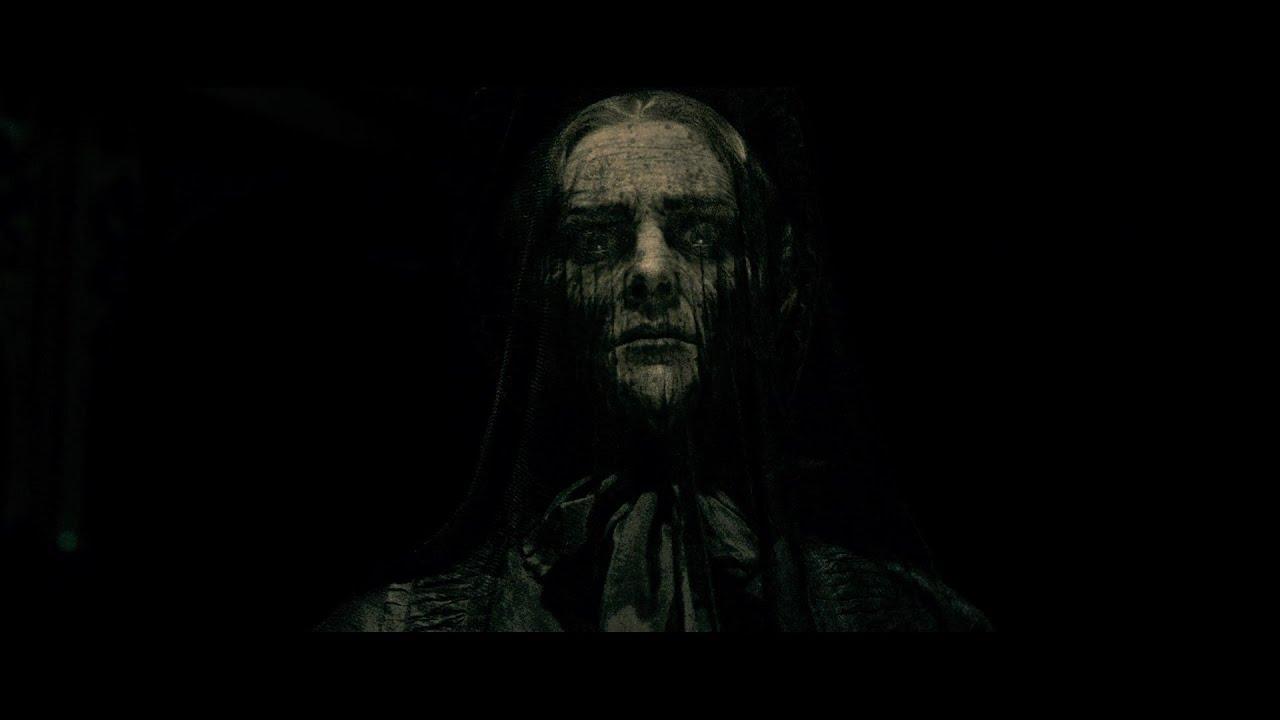
Though The Woman In Black isn’t non-stop action and jumpy moments, its sinisterly gothic vibe forces audiences to feel constantly unsettled from start to finish. There’s just something about the eerie surroundings of Eel Marsh House, the dusty dolls and wind-up toys, and the way the children of Crythin Gifford blankly stare at Arthur through windows that instills a consistent sense of fear for its 90-minute run-time. The era in which the film takes place adds a harrowing bonus layer. When bad things start happening at Eel Marsh House, Arthur is stranded there until the tide goes in and his ride, Sam Daily (Ciarán Hinds, who ironically portrays Aberforth Dumbledore in Deathly Hallows: Part 2) is able to pick him up. Until then, he has nowhere to go and, more importantly, no one to call for help.
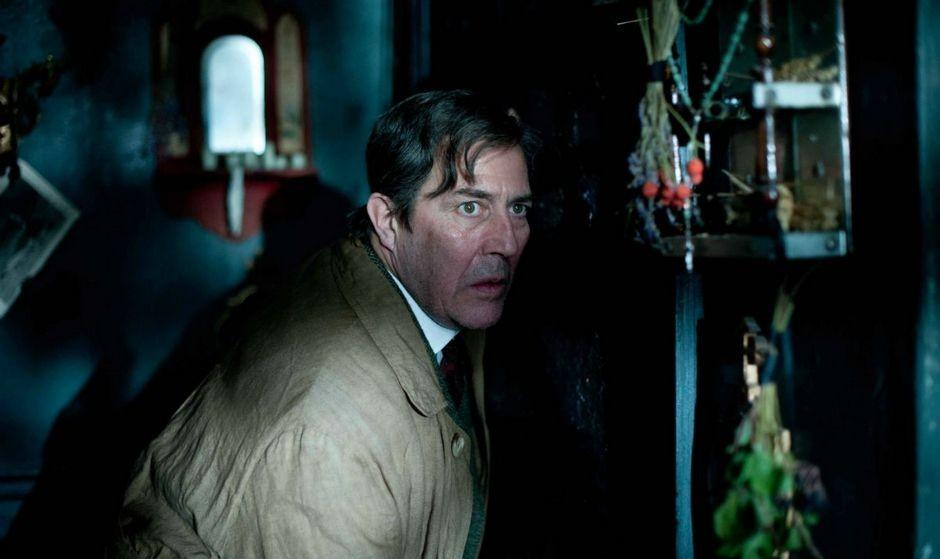
Regarding Radcliffe’s portrayal of Arthur, a man who is struggling to come to grips with the death of his wife while trying to remain present for the sake of his son, he does a standout job. There was surely much pressure on Radcliffe for The Woman In Black to be a success. It was, after all, his chance to prove himself worthy of taking on a role other than the bespectacled “Boy Who Lived.” Radcliffe is able to pull viewers into his journey and allow them to feel scared for him, possibly more so than during all of those fierce battles with Lord Voldemort.

As a whole, The Woman In Black is still a must-see a decade later. Sure, there’s ghosts and living dead kids involved, but at its heart, it’s about a woman unable to let go of the pain of losing a child. Jennet told Alice she’d never forgive her, and she is standing by those words. At the end when Arthur and Joseph are killed by the fast-approaching train, there’s a stark contrast between heaven and hell when Stella appears in a gleaming white gown to welcome them to the beyond. Even in this touching moment, the Woman in Black is present, a symbol that the power struggle between good and evil lives on.
 PopHorror Let's Get Scared
PopHorror Let's Get Scared
